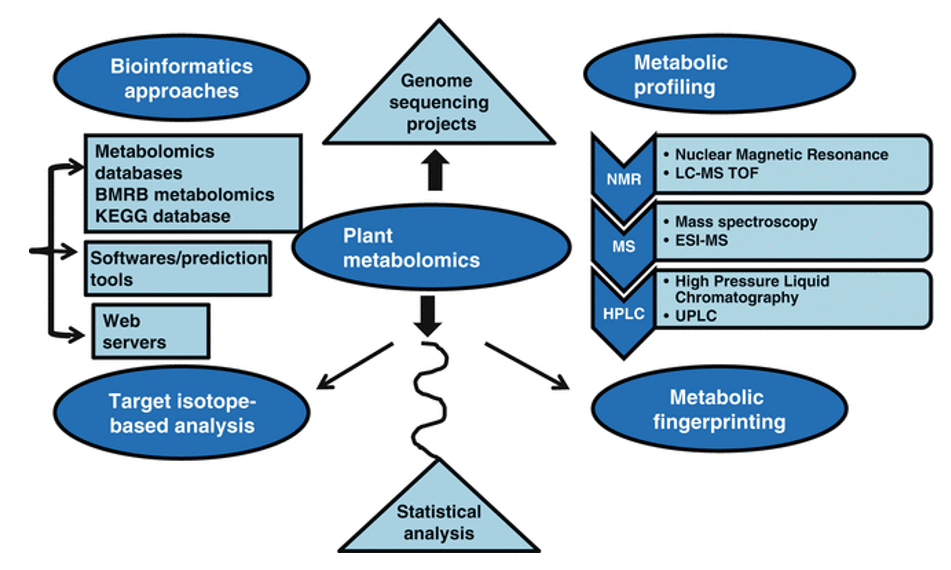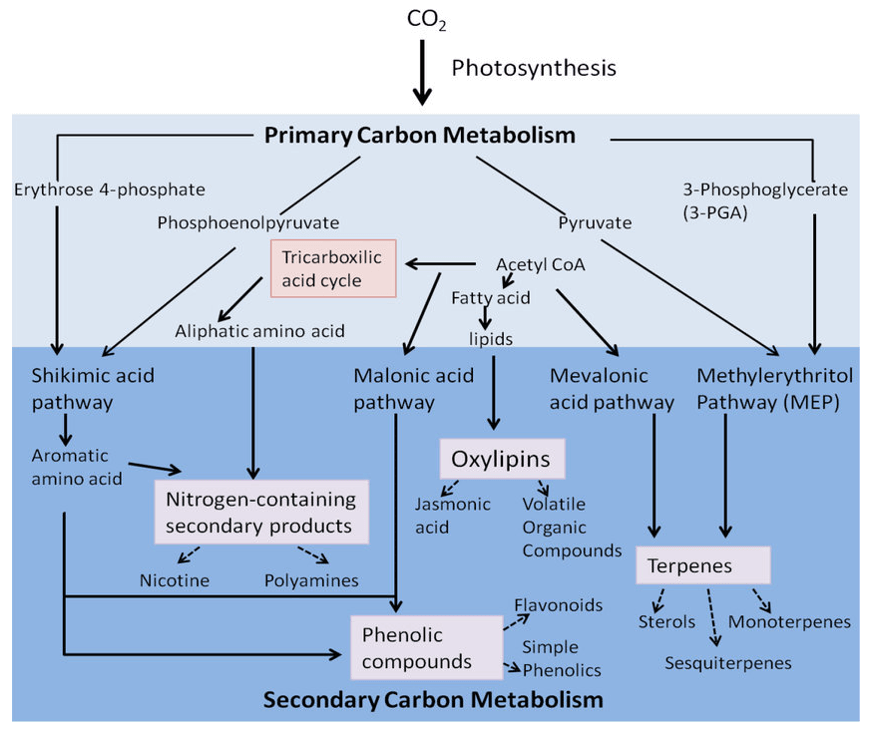Overview
Quinone compounds mostly have phenolic or hydroxyl groups, and are mainly divided into four types of benzoquinone, naphthoquinone, anthraquinone and phenanthrenequinone compounds and their derivatives. They play an important role in the fields of medicine, pesticides, and dyes. Quinones play an important role in the enzymatic browning of fruits and vegetables, and may form covalent adducts with amino acids, peptides and proteins. These reactions may change the physicochemical and immunological properties of food proteins. Therefore, quinones are widely used as antioxidants, preservatives, coloring agents and flavoring agents in foods. UPLC-MS/MS has the characteristics of fast analysis speed, high selectivity, high sensitivity, high accuracy, high stability and high throughput. It is the main identification and quantitative analysis method of quinones and their metabolites, which increases researchers’ understanding of the functional analysis and mechanism of action of the active molecules of quinone compounds.
 Figure 1. Simplified scheme of redox reactions of quinones. Nu = nucleophile. (Schieber 2018).
Figure 1. Simplified scheme of redox reactions of quinones. Nu = nucleophile. (Schieber 2018).
Applications of Quinones Analysis
- Determination and analysis of quinones and their metabolites
- Study on enzymatic browning of quinones and other active functions
- Quality and safety assessment of quinones in food additives
- Increase the understanding of the molecular mechanism of quinones and their derivatives
- Dye improvement
Advantages of Our Quinones Analysis Service
Stable and reliable analysis technology and professional analysis engineer team
Accurately identify and quantify quinones and their metabolites
Simplified operation process and low price
Fast analysis speed and high sensitivity
One-stop service and high-quality analysis report
Advanced equipment and meet the needs of high-throughput testing
Service Workflow
The UPLC-MS/MS method we use has the advantages of fast analysis speed and extreme sensitivity, and does not require the use of ion pair reagents. This method can realize effective sample separation, and can realize the detection of trace samples, and the method recovery rate is over 80%.
 Figure 2. Quinones analysis service workflow.
Figure 2. Quinones analysis service workflow.
Detection method: UPLC-MS/MS
Flow rate: 1.0 ml/min
Injection volume: 1 μl.
Mobile phase: Acetonitrile and 0.2% formic acid as mobile phase
Flow rate: 0.30 ml/min
Measurement mode: multi-reaction monitoring
Monitoring mode: positive ion and negative ion electrospray ionization (ESI)
Analysis content:
- Production of standard curve
- Optimal conditions for chromatographic separation
- Optimization of UPLC instrument parameters
- Repeat stability test
- Chromatogram raw image and data collection
- Identification and quantitative analysis of quinones
- Determination of the content of metabolites of quinones
Sample Requirements
1. Tissues such as leaves, roots, stems, flowers, fruit pulp, peel tissue, etc., larger leaves need to be quickly cut into pieces with scissors, and the separated samples are quickly washed with sterilized water, and the absorbent paper is immediately put into the liquid after absorbing the excess water. Quickly freeze in nitrogen for more than 2 minutes, and then transfer to -80°C for storage to avoid repeated freezing and thawing.
2. For each sample, take no less than 3 g for fresh samples, no less than 1 g for dry samples. At least three biological replicates in each group, prepare a backup. The measured sample will not be returned, please keep a backup.
Delivery
- Complete experimental steps
- Sample purification treatment
- Chromatographic separation optimization conditions analysis
- UPLC equipment parameter setting report
- Chromatogram raw image and data analysis report
- Identification and quantitative determination report of quinones and their metabolites
- Customized analysis report
UPLC-MS/MS method can quickly and highly selectively obtain quinone compound identification and quantitative determination analysis report, helping customers to increase the understanding of the mechanism of action of the active molecules of quinone compound metabolites, and speed up the study of its medicinal value pace. Creative Proteomics has experienced analysis engineers who can provide you with diversified comprehensive solutions and look forward to your cooperation.
References
- Schieber A. Reactions of Quinones-Mechanisms, Structures, and Prospects for Food Research. Journal of Agricultural and Food Chemistry. 2018;66(50):13051-13055.
- Wang A K, Geng T, et al. Simultaneous determination of twelve quinones from Rubiae radix et Rhizoma before and after carbonization processing by UPLC-MS/MS and their antithrombotic effect on zebrafish. Journal of Pharmaceutical and Biomedical Analysis 2020;191:113638.
For Research Use Only. Not for use in diagnostic procedures.


 Figure 1. Simplified scheme of redox reactions of quinones. Nu = nucleophile. (Schieber 2018).
Figure 1. Simplified scheme of redox reactions of quinones. Nu = nucleophile. (Schieber 2018). Figure 2. Quinones analysis service workflow.
Figure 2. Quinones analysis service workflow.







